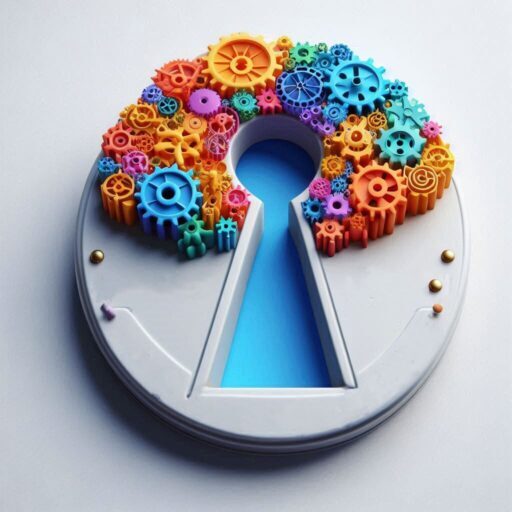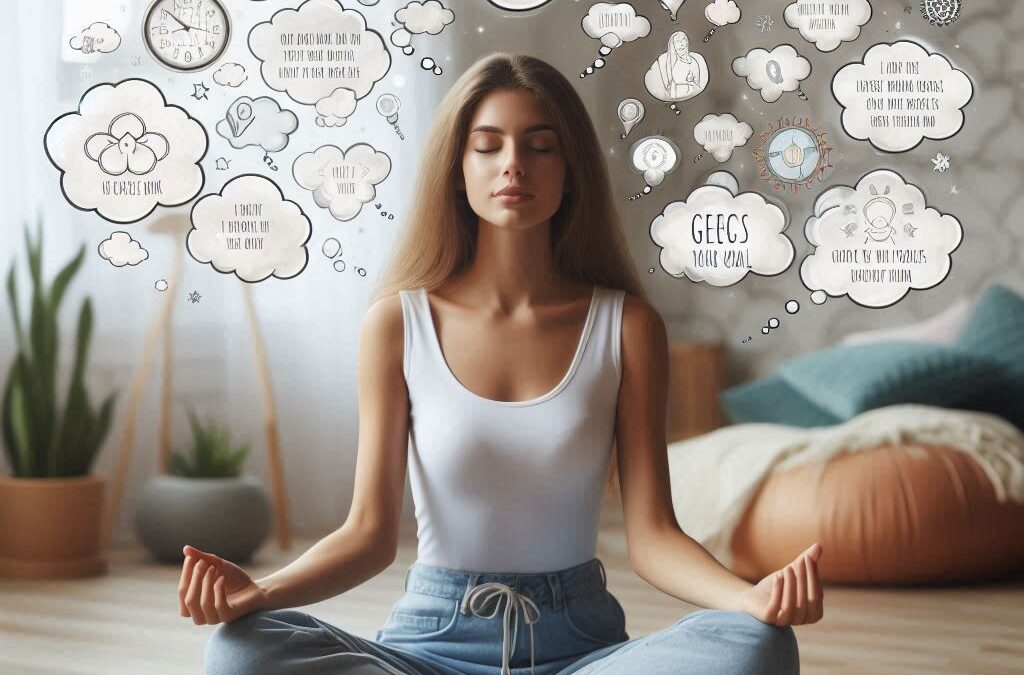In a Nutshell:
Mental rehearsal is a powerful cognitive tool that enhances performance, boosts confidence, and aids in achieving goals. By vividly imagining and practicing scenarios in your mind, you can create neural pathways that strengthen skills and prepare you for real-life situations. Research has shown that mental rehearsal can improve outcomes in sports, public speaking, and even medical procedures. This article explores the science behind mental rehearsal, its benefits, and practical techniques to integrate it into your daily routine.
The Power of Mental Rehearsal
Mental rehearsal, often referred to as visualization or imagery, is a technique used by athletes, performers, and professionals to mentally practice tasks before executing them in real life. This process involves vividly imagining the desired outcome or performance, engaging all senses to create a detailed mental picture. But why is mental rehearsal so important, and how can it enhance our lives?
The Science Behind Mental Rehearsal
- Neuroplasticity: Mental rehearsal leverages the brain’s ability to change and adapt, known as neuroplasticity. When we visualize actions, our brains activate similar neural pathways as if we were physically performing those actions. A study published in the journal Neuroscience Letters showed that participants who engaged in mental rehearsal of a motor task exhibited improved performance compared to those who did not.
- Improved Performance: Numerous studies have documented the effectiveness of mental rehearsal in enhancing performance in various fields. For instance, research in the Journal of Sports Sciences found that athletes who practiced visualization techniques experienced significant improvements in their actual performance, as it helped them refine their skills and increase their confidence.
- Stress Reduction: Mental rehearsal can also help reduce anxiety and stress related to performance. By visualizing a successful outcome, individuals can prepare themselves mentally, which can lower the tension and fear associated with high-pressure situations. A study in Cognitive Therapy and Research found that athletes who used mental imagery reported lower levels of pre-competition anxiety.
- Increased Confidence: Engaging in mental rehearsal can enhance self-efficacy, or the belief in one’s ability to succeed. When individuals visualize themselves successfully completing a task, it can strengthen their confidence and motivation. A meta-analysis in the Journal of Applied Sport Psychology highlighted that mental imagery positively affects self-confidence in athletes.
Practical Techniques for Mental Rehearsal
Incorporating mental rehearsal into your daily routine can be simple and effective. Here are some practical techniques to get started:
- Find a Quiet Space: Choose a comfortable and quiet location where you can focus without distractions. This helps create a conducive environment for visualization.
- Use All Senses: Engage all your senses while imagining the experience. Visualize not just what you see, but also what you hear, feel, and even smell. The more vivid the imagery, the more effective it can be.
- Practice Regularly: Consistency is key. Set aside time daily to practice mental rehearsal. Whether you’re preparing for a presentation, a sports event, or any other performance, regular practice can enhance your skills.
- Set Clear Goals: Before starting your mental rehearsal, define clear and specific goals. Visualize the steps you need to take to achieve those goals and imagine the positive outcomes.
Conclusion
Mental rehearsal is a powerful technique that can enhance performance, boost confidence, and reduce anxiety. By harnessing the power of visualization, individuals can create neural pathways that support skill development and prepare them for real-life situations. Whether in sports, public speaking, or everyday challenges, mental rehearsal can help unlock your full potential, making it an invaluable tool for success.
References:
- Decety, J., & Ingvar, D. H. (1990). “The role of the left hemisphere in mental simulation.” Neuroscience Letters.
- Cumming, J., & Williams, S. E. (2012). “Imagery: Theoretical and practical considerations.” Journal of Applied Sport Psychology.
- Short, S. R., et al. (2002). “The effects of imagery on self-efficacy.” Journal of Sports Sciences.
- Morris, T., Spittle, M., & Watt, A. (2005). “Imagery in sport.” Cognitive Therapy and Research.

